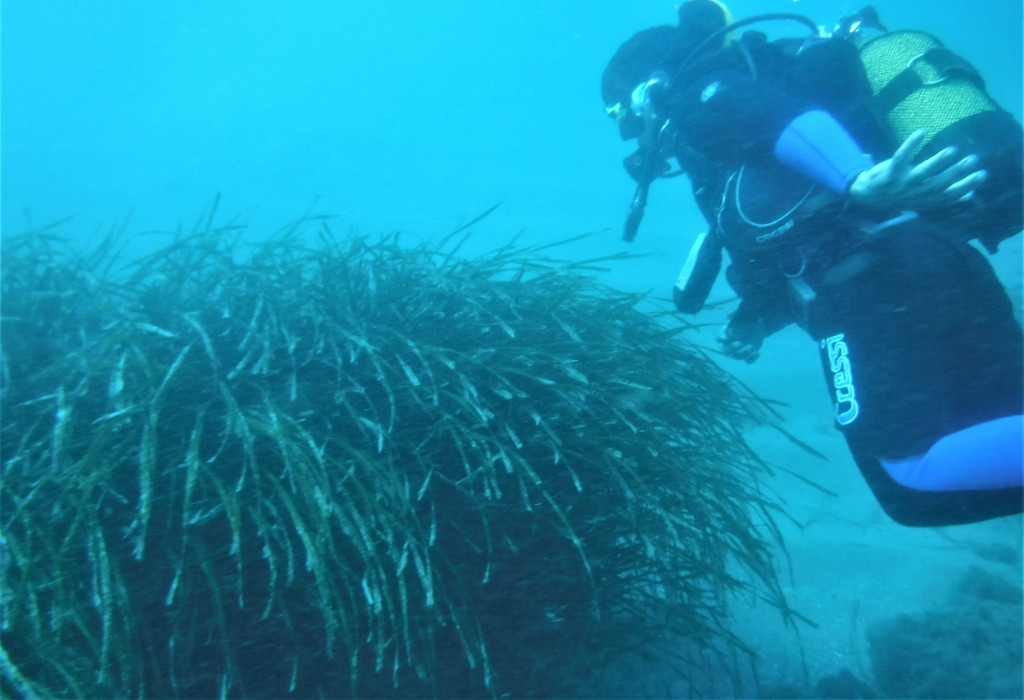
Active Posidonia: the importance of citizen science in unprotected areas
The Posidonia Activa citizen science project is being carried out on the seabed of the Catalan Coast, with the aim of mapping the seabed of unprotected areas to accurately locate and delimit the prairies of phanerogams, as well as studying the biodiversity associated with them. This will make it possible to locate on the map which areas are of the greatest biological importance, promoting new initiatives to avoid the reduction of these endemic ecosystems of the Mediterranean.
Posidonia oceanica is an endemic plant of the Mediterranean, which is in regression and in danger of extinction. This project began in 2020 with the mission of not leaving any marine space on the Catalan coast without sampling, to protect this seagrass, which provides us with almost 50% of the planet’s oxygen.
There was also the mission to publicise the existence and importance of this plant, given that it is very unknown to the majority of the population and the only way to protect it is by transmitting its importance to the public.
This study is carried out with volunteer divers and snorkelers, who help us, to take the biological measures to observe the state of the prairies and to collect the necessary data that allow us to elaborate a map of marine species of the zone and so on. to study the habitats of greater biological importance of the studied municipalities.
Interactive map of Active Posidonia cartographies
Specific objectives
Phases and activities
In 2020 the project started in the relevant area in Creixell and Roda de Berà, locating and studying an 80-hectare prairie.
In 2021 the study was carried out in the municipalities of Coma-ruga and San Salvador, delimiting 6 areas of Posidonia oceanica, the largest of them of 11 hectares.
In 2022, the area corresponding to Calafell was studied, which houses large prairies from Cymodocea nodosa and a meadow in regression from Posidonia oceanica, which is why in 2023 the pilot phase of transplantation in the municipality of Calafell was started.
The project aims to cover an area of the Catalan Coast each year, as well as to carry out annual monitoring of all the prairies and mapped in the previous phases of ACTIVE POSIDONIA.
Place
Costa Catalana
Dates
Soon we will announce the dates of the immersions, the snorkels and the informative activities.
Targeted audience
- Divers with Open Water and Advanced
- Divers with more than 10 dives
- Snorkelers with good swimming ability
- Formations
- Talks
- Exhibitions
- Informative workshops
• Posidonia sensory workshop
Modality
citizen science project
How to take part?
Send your email to info@anellides.com with the concept of Posidonia Activa




